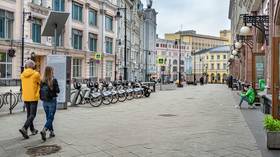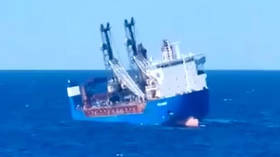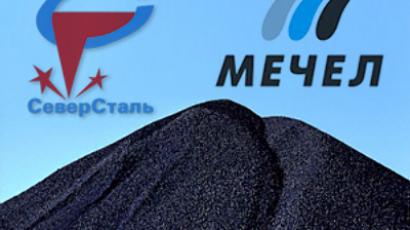Russian to head International Aluminium Institute
The International Aluminium Institute has chosen Rusals’s Director for Corporate Strategy, Artem Volynets, to serve as chairman. It comes at a tough time for both Rusal and the industry.
The IAI represents 25 companies that account for 80% of the world's Aluminium production. Russia's United Company Rusal produces 12% of global output.
With selling prices at $1500 a tonne, the company plans to cut production costs to $1,000 per tonne by the fourth quarter of this year – down from $1,300 today, according to Rusal’s Director for Corporate Strategy, and new IAI Chairman, Artem Volynets.
“The production of aluminium has become truly a global endeavor. In fact, more than 50% of aluminium today is produced in Russia, China, and the Middle East. And, therefore, we believe this is a strong indication of the fact that it is a global industry and we all need to work together to ensure long-term sustainability of our metal and increase use of it around the globe.”
About 25% of Rusal’s output goes to the Russian market, which has huge potential for growth. Annual per capita consumption in the country is less than 10 kg, compared to 40 kg in the U.S., and 50 kg in Germany.
But Unicredit Securities Metals Analyst, Marat Gabitov, says Russian output is limited by old equipment, used to process the metal into end products.
“Base metal companies and Rusal as well, ship about 90% of their products on exports and I think this will continue. This year, it is reasonable to expect RUSAL to earn about $1.5 billion, which will be enough to service debts.”
Rusal plans to save just over $1 billion this year by trimming output by more than10%.
New plants – driven by hydropower – could improve efficiency. But Rusal carries a debt burden of $16 billion. It aims to agree a $4.5 billion loan with Russian state bank VEB to help it restructure more than $7 billion it owes to foreign lenders.













